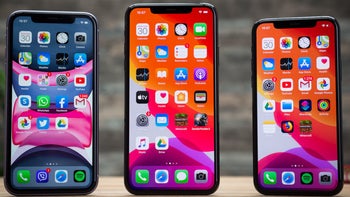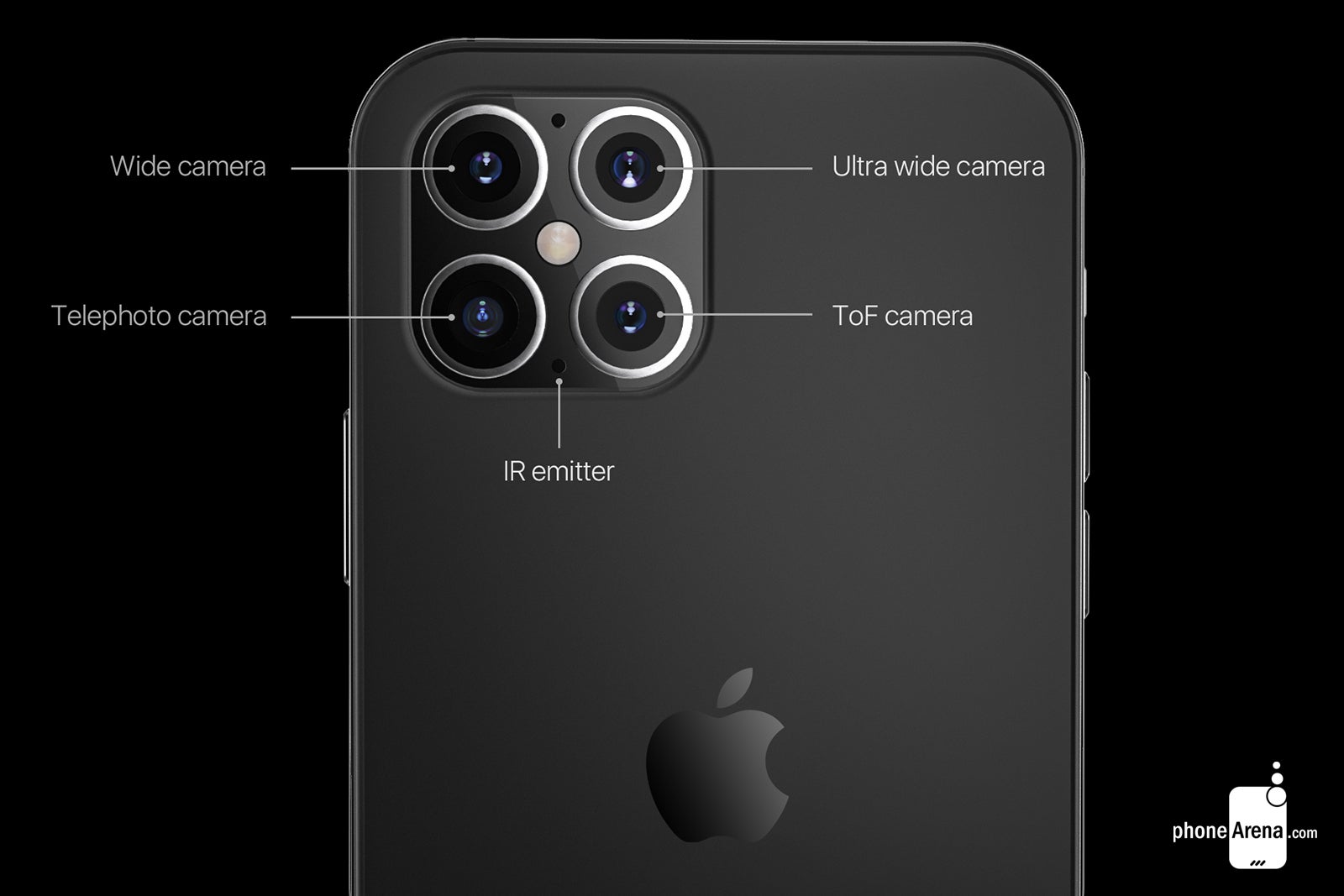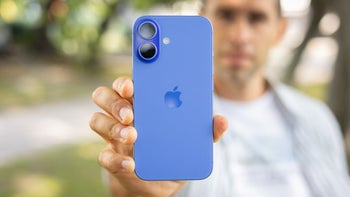Find out why Wall Street analysts are screaming that the Apple iPhone is back

Yesterday afternoon Apple released a very solid fiscal first-quarter earnings report. For the three months from October through December (also known as the holiday shopping season), Apple sold nearly $56 billion worth of iPhone units. That was 8% above the iPhone revenue captured by Apple during the year-earlier quarter and blew out Wall Street expectations of $52 billion. It also was the second best holiday shopping season in iPhone history trailing only the 2017 holiday quarter.
No, the iPhone is not part of Apple's fastest-growing division; that honor goes to the Wearables, Home and Accessories group that includes the Apple Watch and the AirPods. The former is the top-selling watch in the world while the latter has a 50% share of the wireless Bluetooth earbuds market. During the last three quarters (fiscal third quarter 2019, fiscal fourth-quarter 2019, fiscal first-quarter 2020), this unit has seen annual growth of 48%, 54%, and 37% respectively.
The iPhone is returning to the "front and center" says one analyst
Still, Reuters reports that many Wall Street analysts are focusing on what they see as a strong performance by Apple's most important product. Loup Ventures' Gene Munster said that the iPhone 11 model led the way partly because of its pricing. The 64GB model, at $699, is priced $50 lower than the original price of the phone it replaced-the 64GB iPhone XR. D.A. Davidson analyst Tom Forte says that the performance of the iPhone during Apple's fiscal first-quarter is one example of what he expects from the company's iconic smartphone this year. "We see Apple’s December 2019 quarter as a microcosm for its calendar 2020 performance, with the iPhone, once again, returning to the front and center," he told clients. Forte says that Apple's new credit program, which allows Apple Card holders to finance an iPhone purchase from Apple interest-free for 24 months, was a major factor in the strong performance.

Apple's fiscal first-quarter iPhone revenue easily topped Wall Street expectations
The release of 5G enabled iPhone models later this year is also expected to raise demand for Apple's handsets. Oppenheimer analyst Rick Schafer is a believer in that scenario. According to reliable TF International analyst Ming-Chi Kuo, we could see Apple unveil four different handsets in the fall. Kuo says that all four models will be compatible with both Sub-6GHz and mmWave 5G signals. That means that the first 5G iPhones will work with the next-gen wireless signals disseminated by all four major U.S. wireless providers.
Kuo says that Apple will release a 5.4-inch iPhone 12, a 6.1-inch iPhone 12 Plus, a 6.1-inch iPhone 12 Pro and a 6.7-inch iPhone 12 Pro Max. All four of these models will sport an OLED panel possibly with a 120Hz refresh rate. All four will be powered by the 5nm A14 Bionic chipset that will reportedly contain an amazing 15 billion transistors inside. The larger the number of transistors inside an integrated circuit, the more powerful and energy-efficient it is.
The iPhone 12 and iPhone 12 Plus should sport a camera module with a wide and ultra-wide camera. If you're wondering what the difference will be between the 6.1-inch iPhone 12 Plus and the 6.1-inch iPhone 12 Pro, it seems that the latter will have three rear cameras as opposed to the two on the former. The iPhone 12 Pro will have a wide, ultra-wide, and a telephoto camera. The iPhone 12 Pro Max will include those three cameras and add a Time of Flight (ToF) depth sensor.

Possible rear camera setup for the iPhone 12 Pro Max
The much-improved battery life could get another boost this year to cover the reverse wireless charging feature that Apple decided not to offer at the last moment in 2019. This will allow the 2020 iPhones to be used as a wireless charging pad, sharing battery power to help charge an AirPods wireless charging case, the Apple Watch, compatible handsets, and other devices.
Yesterday Apple CEO Tim Cook reported that the company has over 1.5 billion active devices and that figure includes nearly 1 billion active iPhones by our own estimation. Apple has been counting on these devices to help it raise the annual revenue of its Services division to $50 billion this year. Focusing on Services was a brilliant move by Apple that allows it to generate a recurring revenue stream from iPhone users, even those who haven't been updating their handsets. During the fiscal first quarter, Apple recorded Services revenue at a pace that would take it just over $50 billion for fiscal 2020. The unit includes Apple Pay, the App Store, Apple Music, Apple News+, Apple TV+, iCloud, Apple Care and Apple Arcade.
Apple's shares hit an all-time high today at $327.85 before closing regular NYSE trading at $324.34. The stock rose $6.65 or 2.09% giving Apple a valuation of $1.42 trillion. At least 15 analysts raised their target price for Apple's stock on Wednesday.












Things that are NOT allowed: